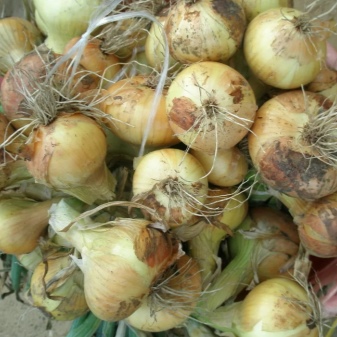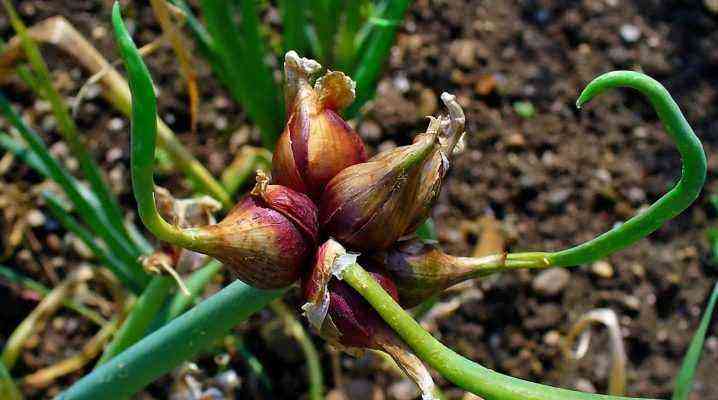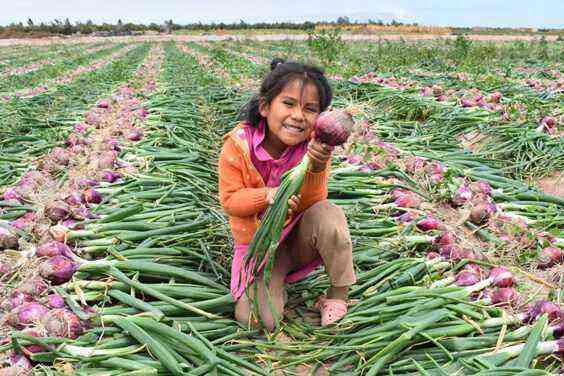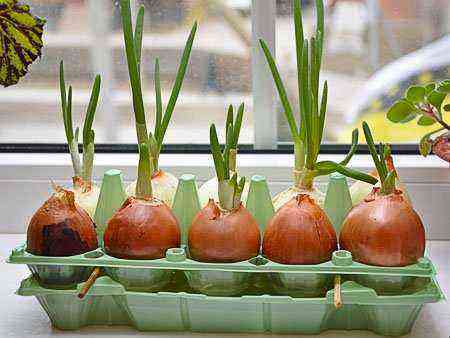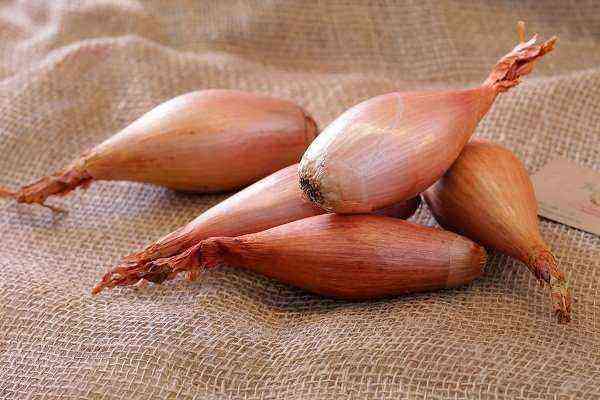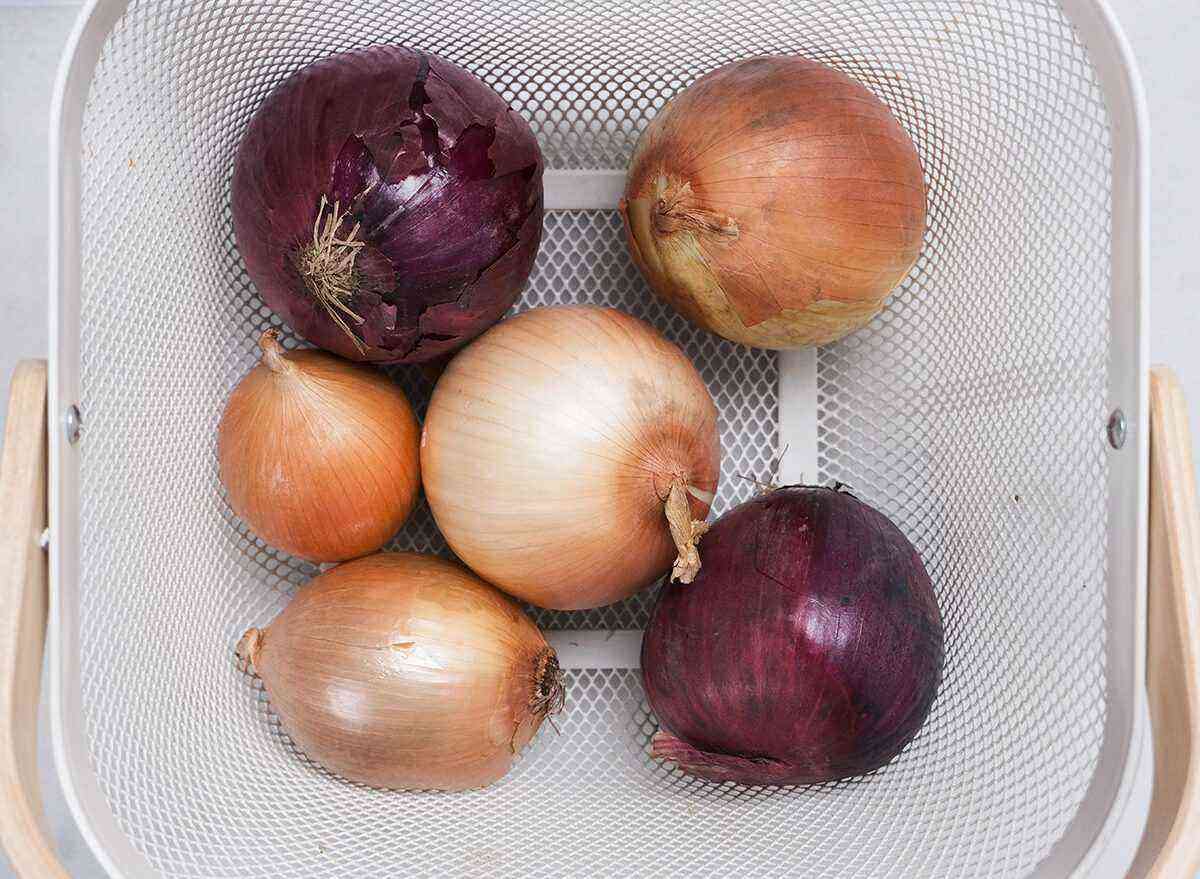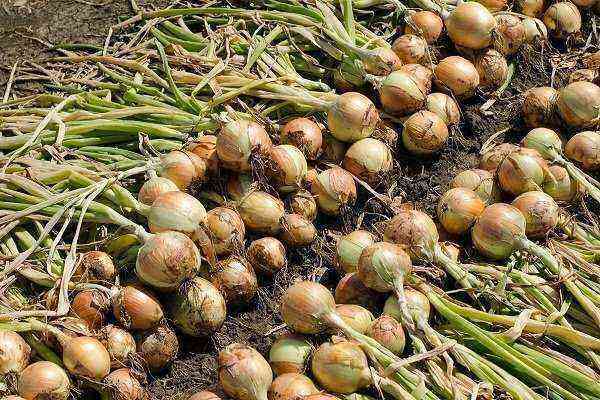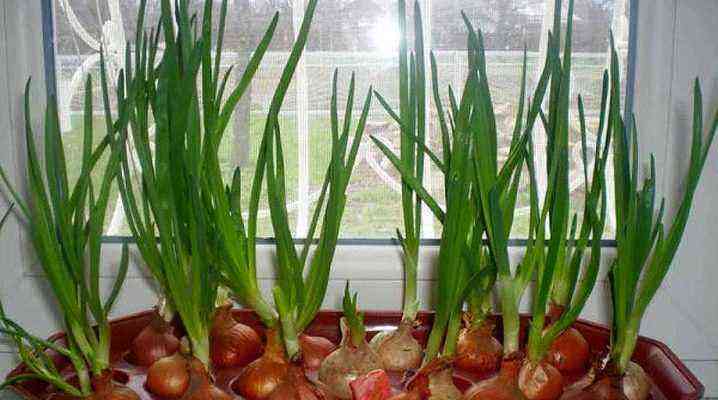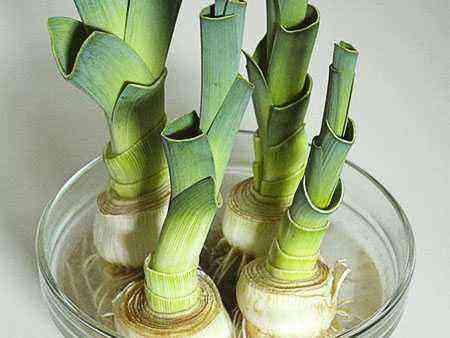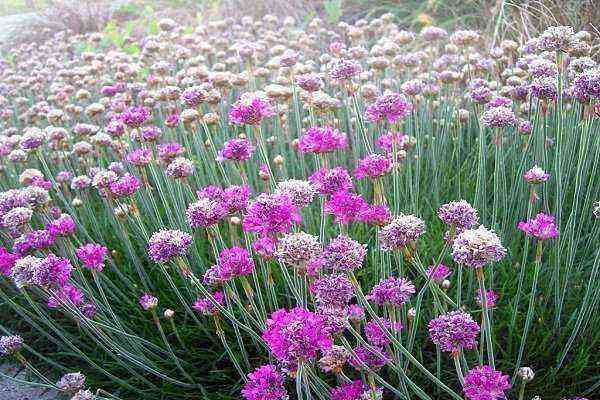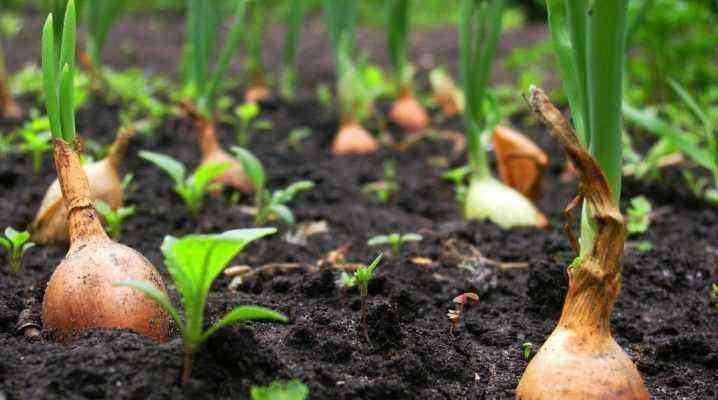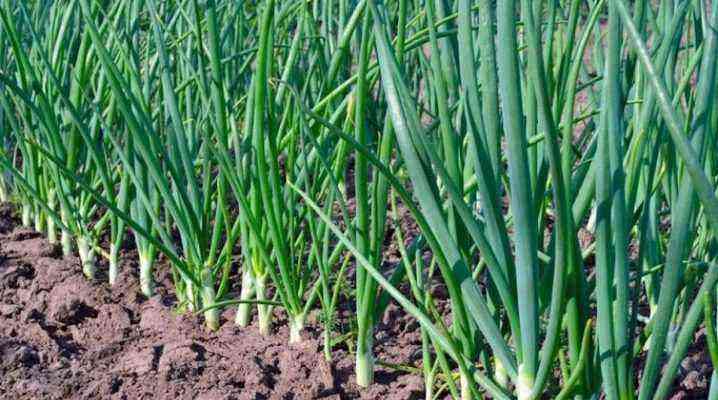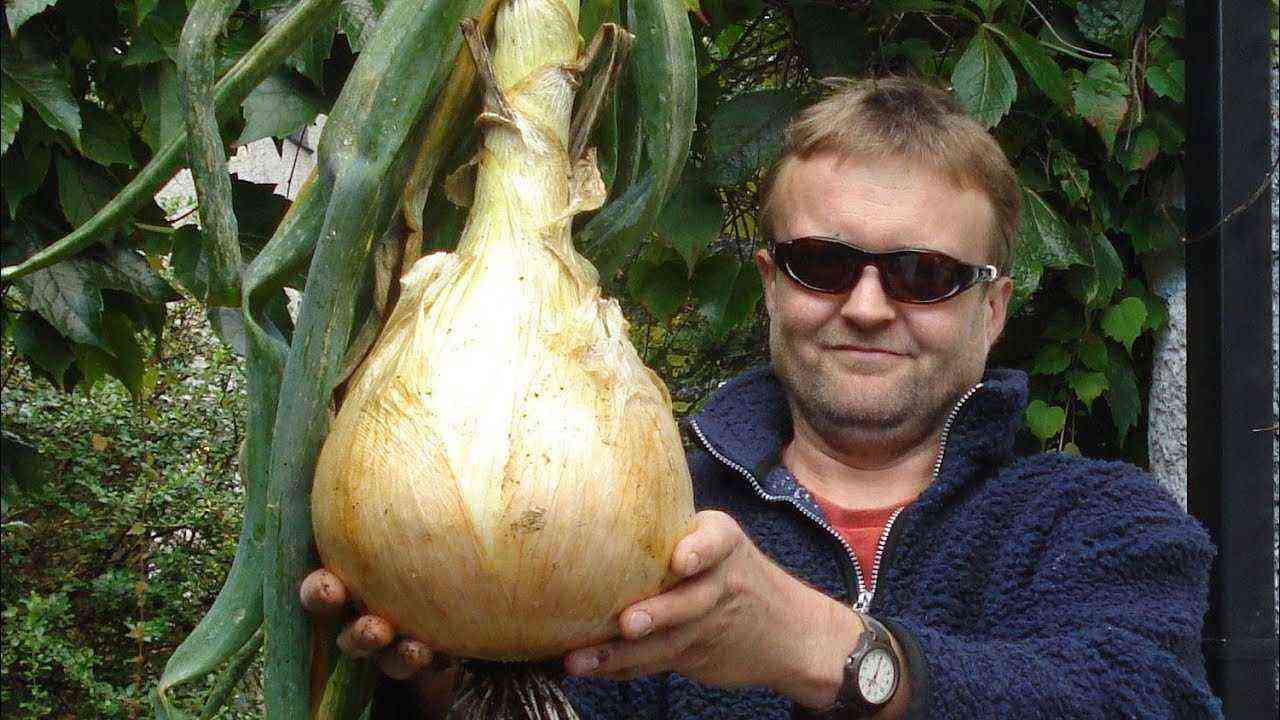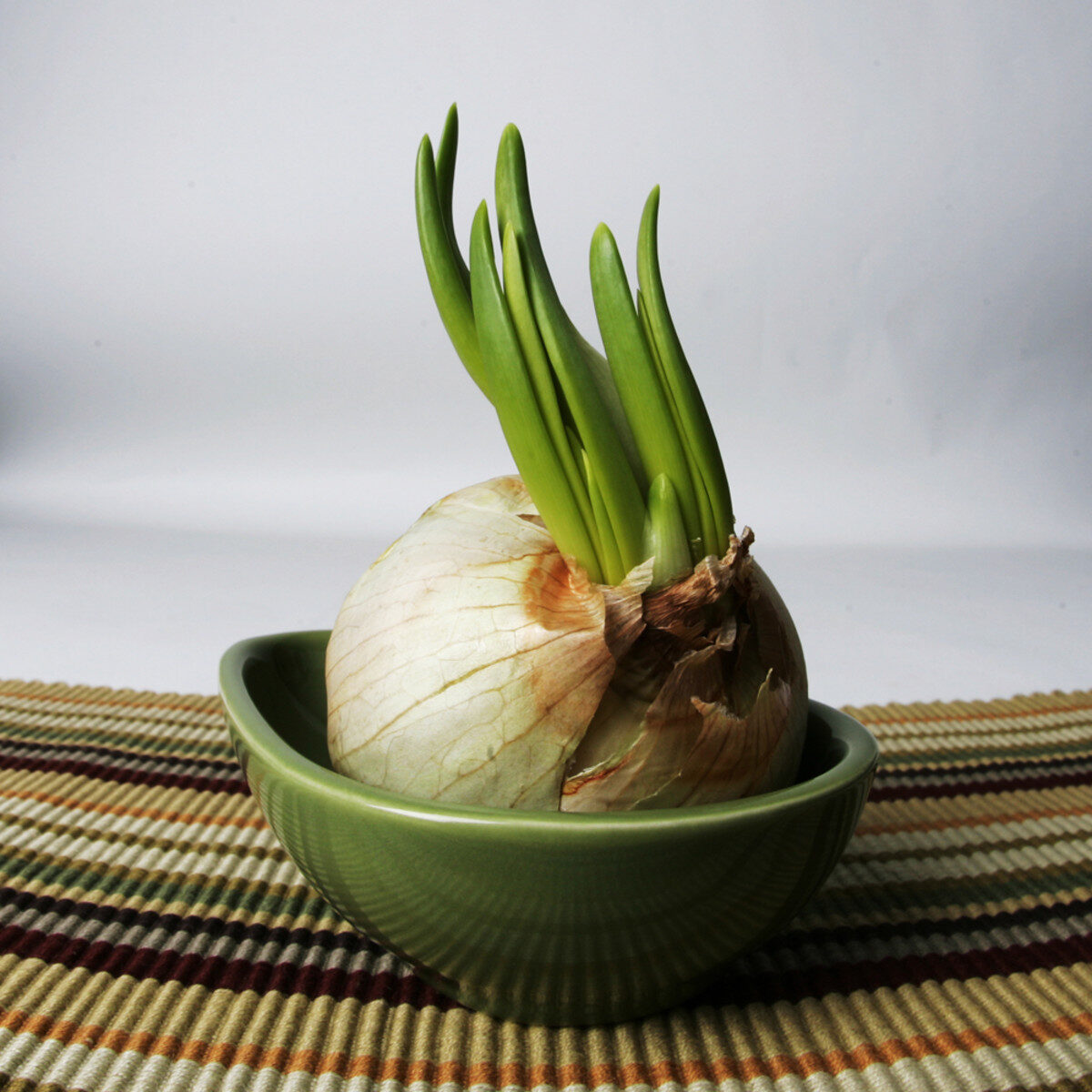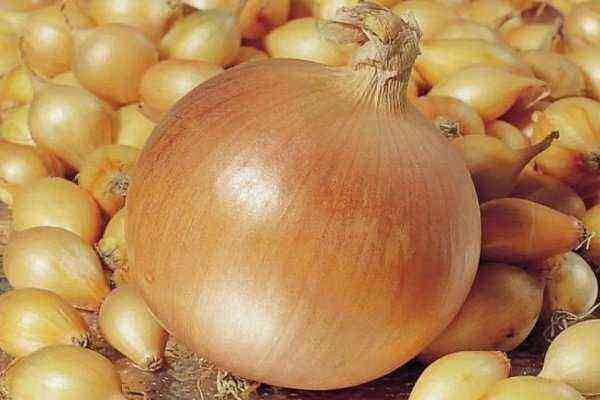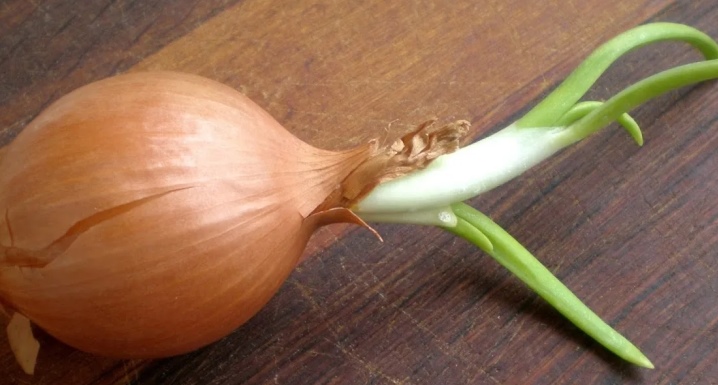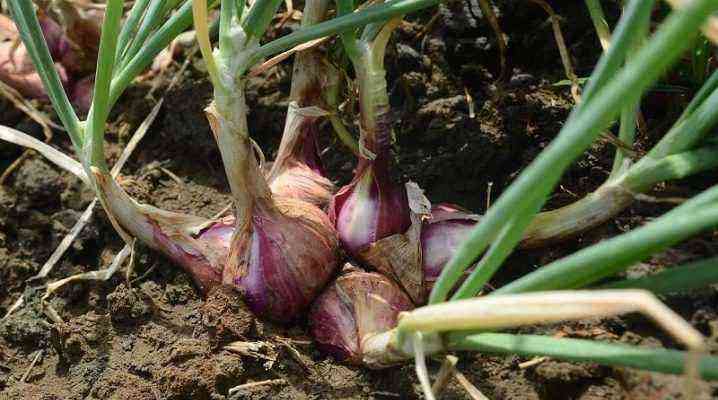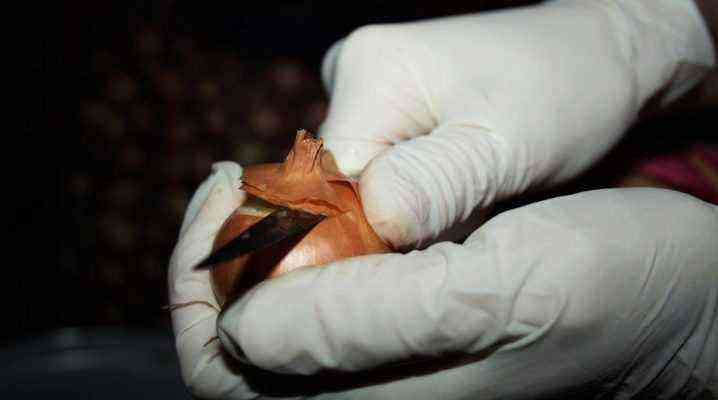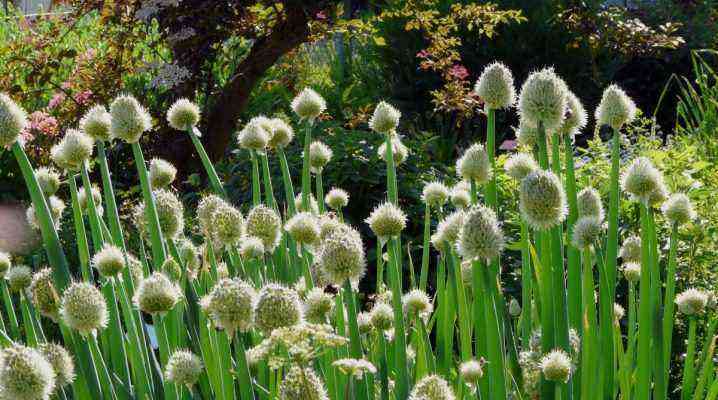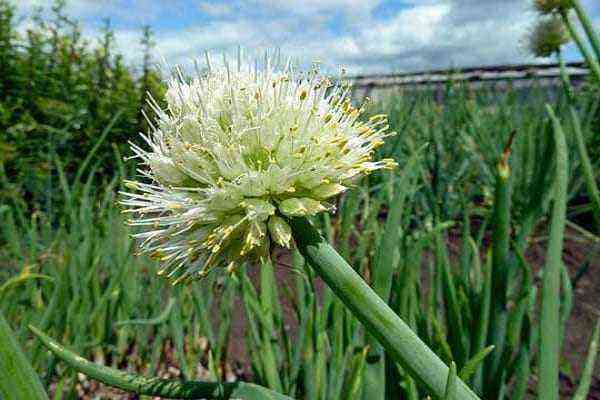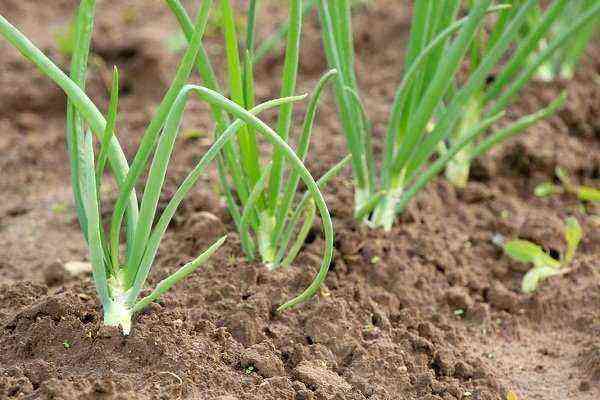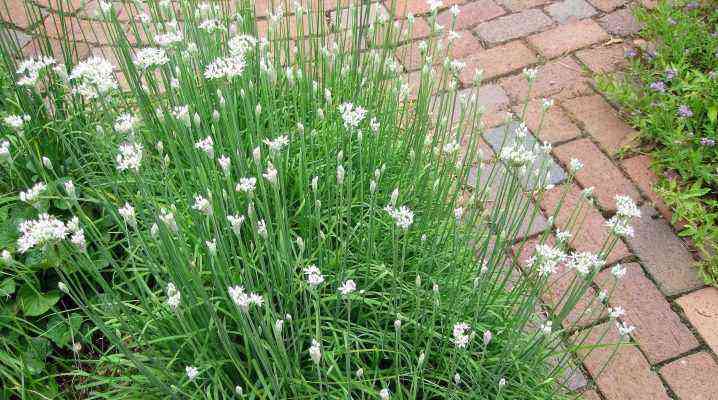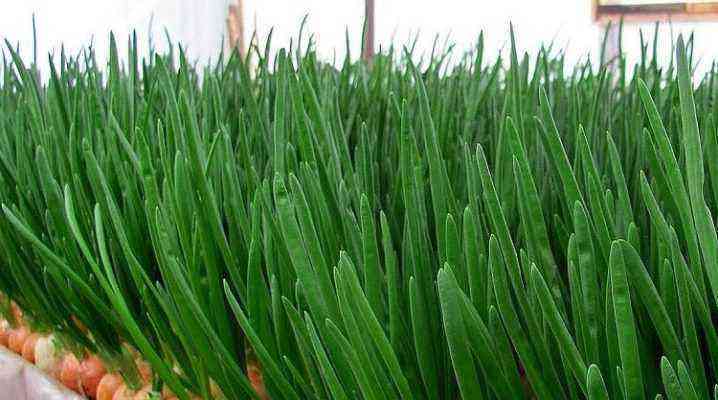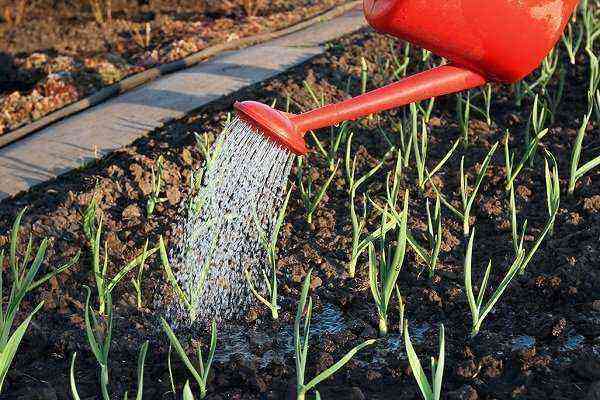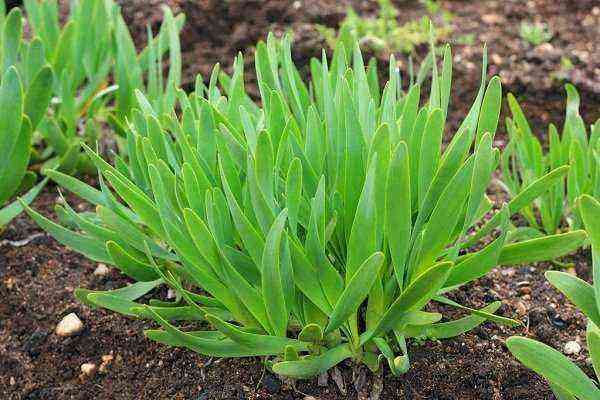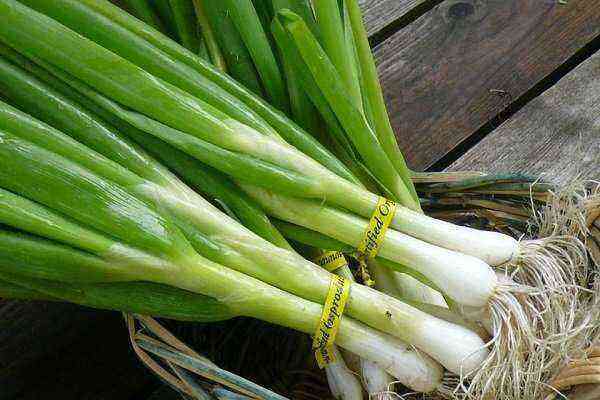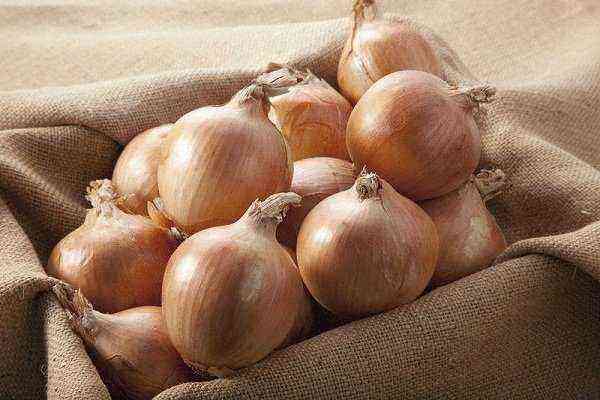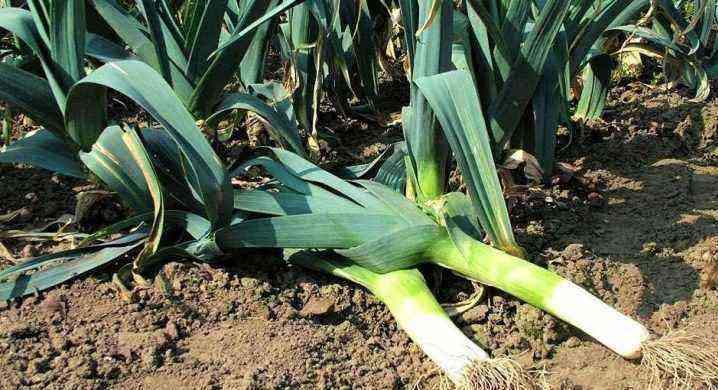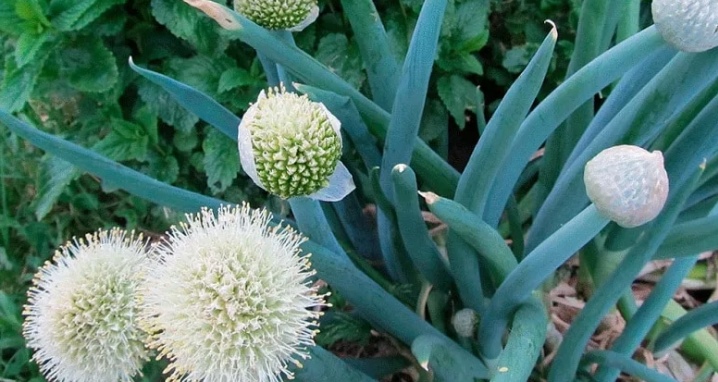
Onion is a plant that can be found in any garden. Its useful qualities are invaluable. However, there are varieties that are grown not only for greens or whole bulbs, but also for landscaping the site. Altai onion “Alves” is considered such a variety.
Description
Altai onion is a perennial culture. It is also called stone, because in nature it often grows on stony soil and even on rocks. A similar variety is found in Siberia, as well as in Mongolia, some regions of China, and Kazakhstan. In Altai, there are most of these plants, which explains the name. In the State Register of the Russian Federation, Alves is still considered the only variety of Altai onions. In addition, the culture is protected by various organizations, as it is an endangered species.
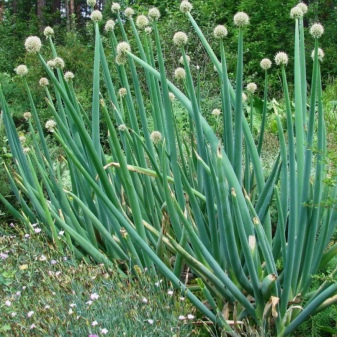
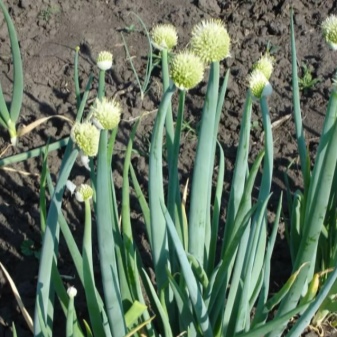
The average height of plants is 0,5 m, although some specimens grow up to a meter. Onions have a strong root system, and the bulbs themselves have a diameter of 2 to 6 centimeters. Onion feathers are dark green, thick and strong, very similar to young garlic feathers. The plant begins to bloom in May, in the second year of its existence. The flowers are cream colored and small in size. Flowering looks spectacular, as the flowers are collected in one large ball, located at the top of the feather.
Onions ripen quickly, in less than a month, so they are classified as early varieties. In addition, stone culture is very productive: almost 4 kg of bulbs are harvested per square meter. Each copy has a mass of about 40 grams. Another advantage of the Altai onion is winter hardiness. The perennial plant withstands frosts down to -40 degrees.

Landing
For planting Altai culture, you should choose a sunny place, although a light shade is also quite acceptable. The planting area must be dry, as the bulbs will rot if the soil is too wet. Prepare the soil since autumn. To do this, it is dug up, adding superphosphate (20 g) and potassium chloride (15 g). The dosage is indicated for 1 square meter. In addition, for each sq. m you need to make 5 kilograms of compost, as well as 0,5 kg of wood ash. The acidity of the soil should be 7 pH. If the soil is more acidic, it is recommended to add lime to it.
Growing Altai onions comes from seeds. They need to be prepared by soaking in a weak solution of potassium permanganate for half a day. Then the material is thoroughly dried. Landing is best done in the spring, although sometimes it is done in the fall. With the help of a rake, the soil is leveled, then small grooves are dug in it. The seeds are buried one and a half centimeters, the distance between them is 6 cm. Between the rows, 0,35 m are left. After planting, the beds are well watered and mulched with organic materials.

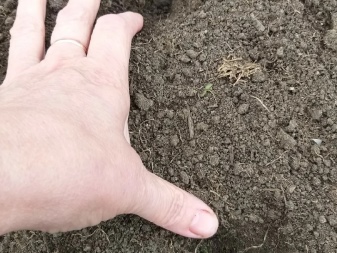
If you want to get a very early onion, then you can grow seedlings in advance. It is worth starting to do this 60 days before the intended landing in the soil. They take boxes, disinfect them, the soil too. The seeds are laid out so that there is 3 cm between them, then lightly sprinkled with earth. Next, the substrate is sprayed with warm water, the film is stretched. After that, it remains only to wait for the sprouts, opening the shelter daily and, if necessary, spraying the ground.
When the greens break through, the shelter is removed and seedlings are grown using the standard method.

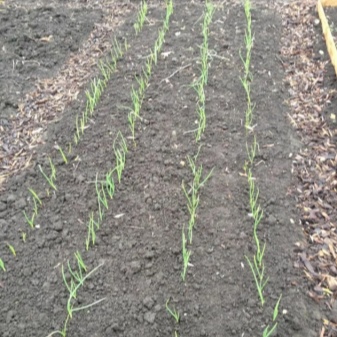
Care
Caring for Altai onions is easy. In general, all procedures look the same as with ordinary onion culture. The plant is absolutely not capricious.
It is necessary to water the sprouts a couple of times a week, for this they use water that has settled in the sun, in no case cold. Irrigation almost stops at the time of bulb ripening. After watering, it is customary to loosen the soil so that crusts do not form on it. And also the ground around the feathers is weeded, destroying the growing weeds.
When the first leaf begins to form, the plant will need nitrogen-phosphorus fertilizers. Take 15 mg per square meter. Subsequently, potassium-phosphorus mixtures are used, the dosage is the same. You can choose another scheme. In spring, the plants are fed with diluted chicken.
If the soil is depleted, mullein is introduced. Growth acceleration will provide an infusion of weeds. Fertilizers are always applied in doses, since the onion does not tolerate their excess.
Diseases and pests
Stone bow practically does not get sick. Its aroma repels pests, and they try to stay away from feathers. The only exception is the onion fly. To prevent the appearance of a pest, you can plant carrots next to the onions. If the parasite has already shown itself, then the plants can be treated with tobacco dust, soap solution, wood ash. With a large number of pests, it is better to use insecticides. For example, Iskra, Aktar and others.
Onions are not afraid of bacterial and viral ailments, but they suffer from peronosporosis. In the case of this disease, the feathers of the plant are covered with elongated spots. To cure the Altai culture, in the early stages, a whey solution is used (1 part of sour milk is diluted in a bucket of water). With the mass spread of the disease, fungicides are used.
Harvesting and storage of crops
You can harvest green stone onions several times a season. Usually it is 2 to 4 times. You just need to cut the leaves, but so that about 5 centimeters of greenery remain above the ground. If you wish to collect seeds, several plants are left on the site, the leaves of which are not cut off. Important: onions should be replanted every 5 years, following the rules of crop rotation.
Harvested bulbs can be stored. To do this, choose a dark room with good ventilation. The temperature in it should be room temperature. The bulbs are carefully laid out on newspapers, while the culture must be absolutely dry. And also onions can be stored in bundles in limbo or in processed wooden boxes. Green feathers can be used immediately as food or chopped and put in the freezer.

